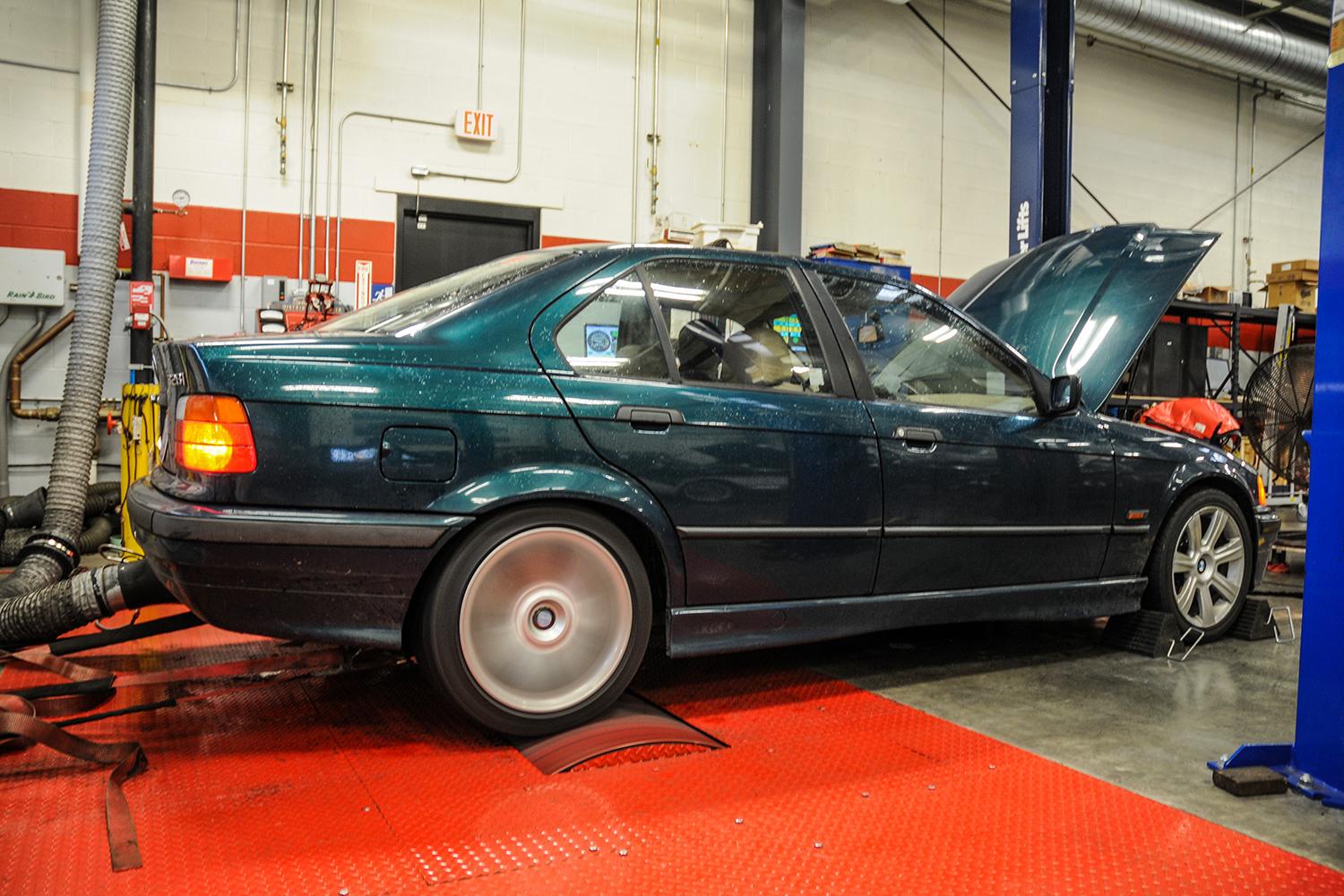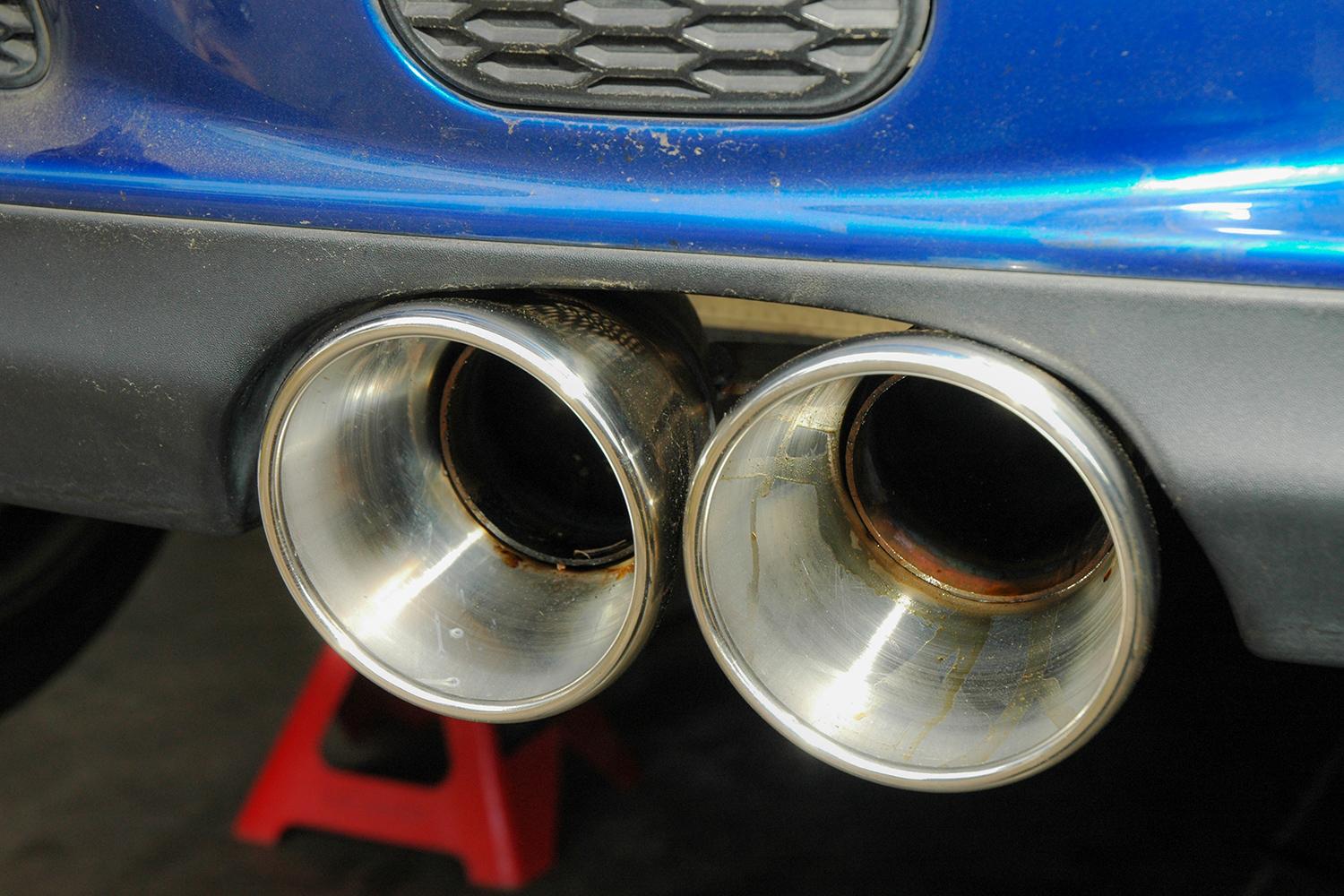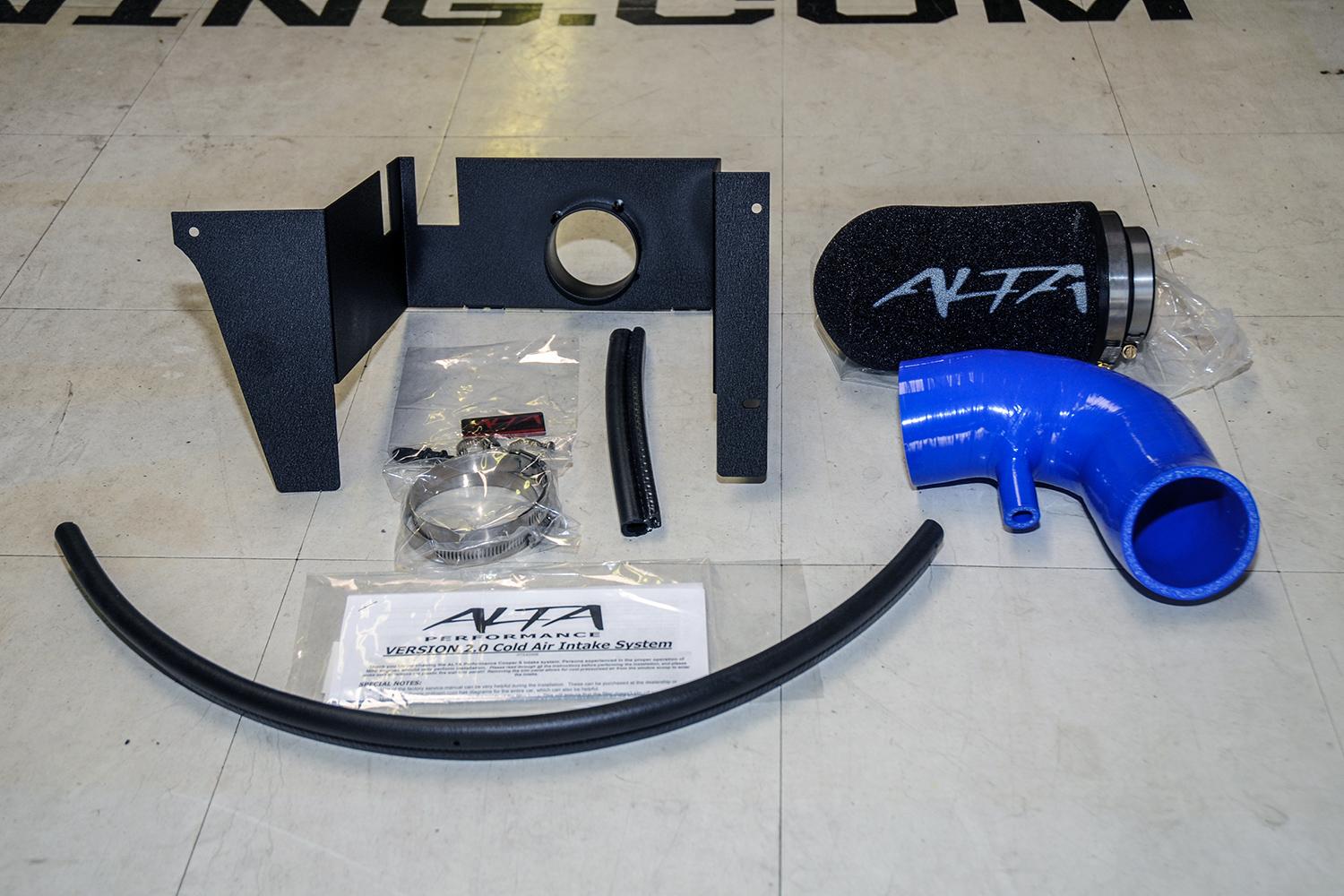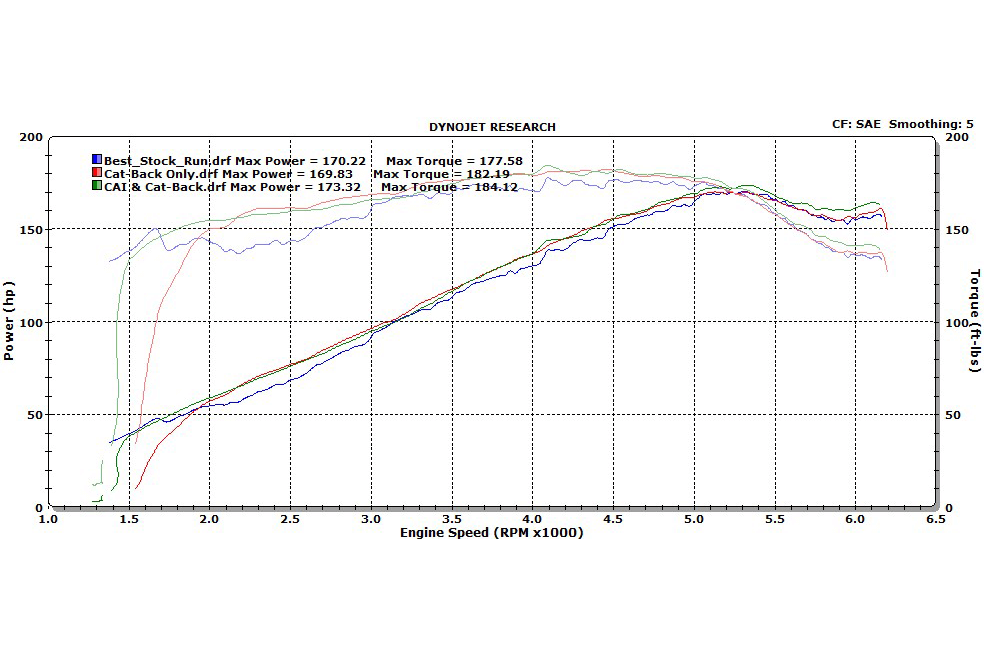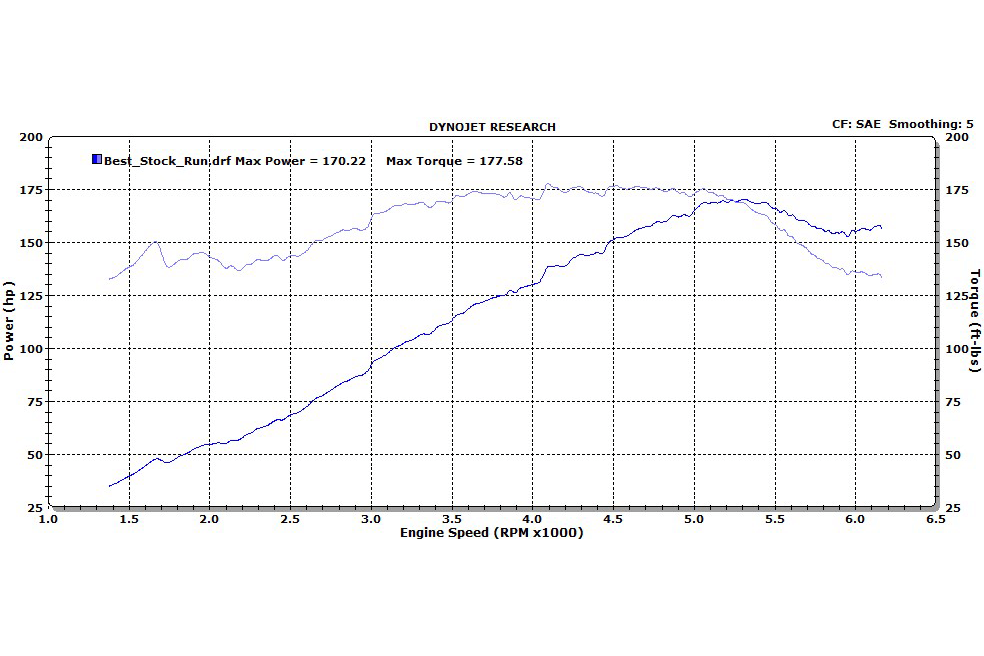
But really, how much extra power do these products really give you? And how can you know for sure what you got for your money?
“The fact is, you’re not going to get all that much horsepower out of anything you can bolt onto a normally aspirated engine,” explains Eddie Nakato, owner of AR Auto Service in Lake Oswego, Oregon.
Here’s why.
Engine management
The first reason that bolt-on parts don’t usually generate a lot of horsepower is that every part of an engine is designed to work at about the same level. If you change a few parts, you can get some small gains but you’ll quickly run into the limits of improvement because the rest of the system was designed to produce about the same performance as the stock parts you replaced.
“I see cars come through with expensive software upgrades and they produce no additional power whatsoever.”
The second reason that power gains are limited is that every modern engine comes with an array of sensors and an engine management computer. That computer is programmed to keep your engine running the way the automaker designed it to run. If you change things more than a little bit, the engine computer compensates to bring the system back to the design specification.
Some of the most popular products for your car are software updates for your engine computer. That makes sense because if the engine computer is limiting your engine’s power output, you would want to change the programming. But if you haven’t already changed the engine’s intake and exhaust systems to bring more air and fuel through the engine, changing the software cannot help you very much.
“I see cars come through with expensive software upgrades and they produce no additional power whatsoever,” says one shop owner who specializes in performance tuning. “Customers often get very angry when they’ve spent a lot of money and don’t see any improvement.”
Proving horsepower claims
The only way to know if your car is making more power is by using a device called a dynamometer. This device – more commonly known as a dyno – calculates your car’s output of horsepower and torque. To use a dyno, the shop will strap your car down with the drive wheels on a large roller mounted in the ground. The shop will then “drive” your car on the roller to measure its actual driving power.
To get a good comparison, you should always use the same dyno. Start with your car in its stock configuration and get a baseline reading. When you have a good baseline reading, you can then make changes to your car and measure the effect of each change with a new dyno session. Be warned, though, dyno time can get expensive!
On one day, I dyno-tested four different cold air intake systems on the same car. In three out of four cases, the aftermarket intake produced no change in horsepower or torque. In the fourth case, the intake produced a 2 percent power increase.
Or, consider these dyno graphs, comparing the same car in stock trim, running a cat-back exhaust, and then running a cat-back exhaust and cold air intake. In stock form, the car made 170 horsepower and 177 pound-feet of torque. That rises to 182 pound-feet of torque with the cat-back exhaust, but horsepower actually dropped very slightly! When we added the cold-air intake, horsepower rose to 173 and torque up to 184 pound-feet. That’s a total horsepower gain of less than 2 percent and just under 4 percent improvement in torque with about $1,100 of parts installed.
It’s not all bad
That may sound discouraging, but here’s some better news – you can feel a 4 percent increase in torque and a 2 percent increase in horsepower when you’re driving. If you think your car is making a bit more power, that’s because it probably is. Just not as much as you might have hoped for.
If you think your car is making a bit more power, that’s because it probably is.
Also, look again at that dyno chart. Do you see how the blue lines that represent the stock system are all wavy? That’s power fluctuating. The red and green lines with the new exhaust and intake are much smoother and show that the car is making more power throughout its operating range, which is far more important than the peak horsepower number. Further, the green torque line comes up earlier with the intake and exhaust installed, and offers a big improvement between 2,000 and 3,000 RPM on the chart. That’s where you do most of your driving, so these parts are actually pretty good.
So what should you take away from all this? Simply, you can’t expect to get a lot more out of your engine just by installing a few basic parts, but that doesn’t mean you can’t get a noticeable improvement. If you want to know for sure what you’re getting, you’ll have to invest in a dyno session or two to see the real data.
